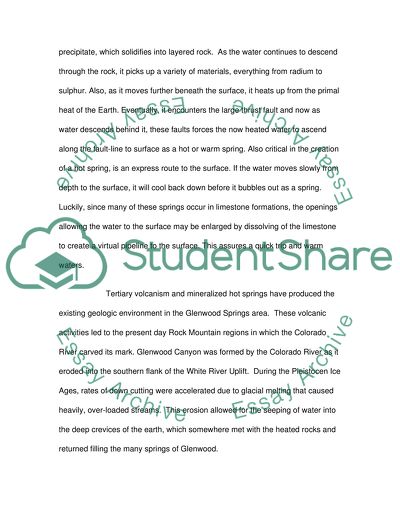Cite this document
(“Hot Springs of Glenwood Coloradotheir geological origin Essay”, n.d.)
Hot Springs of Glenwood Coloradotheir geological origin Essay. Retrieved from https://studentshare.org/science/1508201-hot-springs-of-glenwood-coloradotheir-geological-origin
Hot Springs of Glenwood Coloradotheir geological origin Essay. Retrieved from https://studentshare.org/science/1508201-hot-springs-of-glenwood-coloradotheir-geological-origin
(Hot Springs of Glenwood Coloradotheir Geological Origin Essay)
Hot Springs of Glenwood Coloradotheir Geological Origin Essay. https://studentshare.org/science/1508201-hot-springs-of-glenwood-coloradotheir-geological-origin.
Hot Springs of Glenwood Coloradotheir Geological Origin Essay. https://studentshare.org/science/1508201-hot-springs-of-glenwood-coloradotheir-geological-origin.
“Hot Springs of Glenwood Coloradotheir Geological Origin Essay”, n.d. https://studentshare.org/science/1508201-hot-springs-of-glenwood-coloradotheir-geological-origin.


